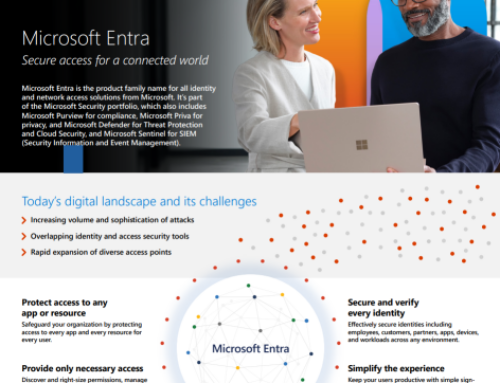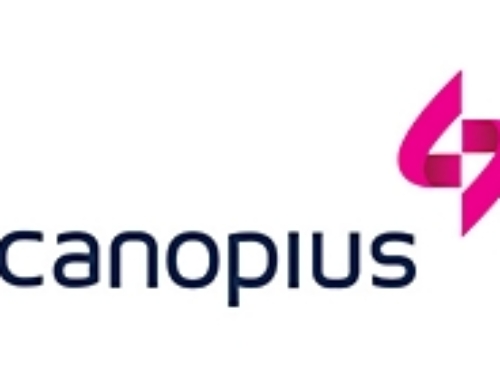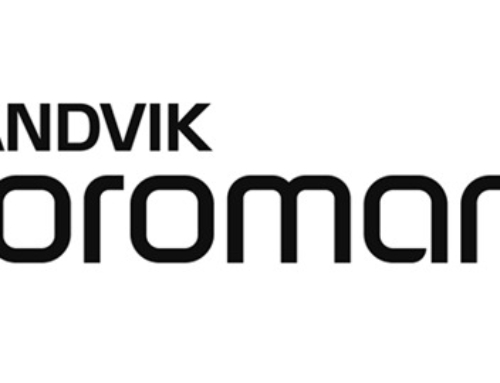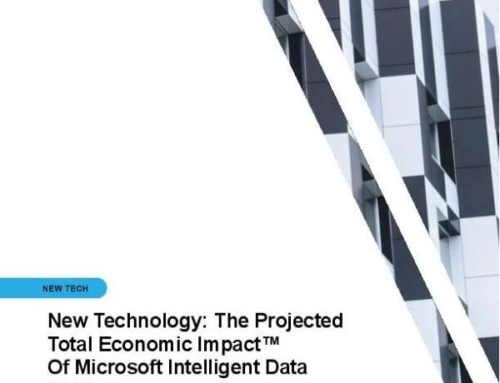Over the last few years, the innovations from new technologies such as mobile apps and cloud-based services have made IT more complex. These technologies changed the way businesses approach IT. Here are six new technology trends to watch for this year:
App-Centric Enterprise
 Today, the importance of Bring Your Own Devices (BYOD), personal clouds, and mobility has significantly changed the IT environment. The focus is on offering highly functional applications submitted through app stores. As James Gordon, vice-president of information technology at Needham Bank, puts it, “‘ employees want to be able to download the apps they need, and they don’t want to have to ask for download permissions or access rights to get the job done” ( 2014, February 14). This creates a greater need for businesses and IT leaders to develop an app-centric computing environment.
Today, the importance of Bring Your Own Devices (BYOD), personal clouds, and mobility has significantly changed the IT environment. The focus is on offering highly functional applications submitted through app stores. As James Gordon, vice-president of information technology at Needham Bank, puts it, “‘ employees want to be able to download the apps they need, and they don’t want to have to ask for download permissions or access rights to get the job done” ( 2014, February 14). This creates a greater need for businesses and IT leaders to develop an app-centric computing environment.
Big Data Analytics
 The prominent data analysts’ trend is exploding and rushing. This is due to cloud computing’s feature of efficiently extracting data and next-gen analytic tools feature, making it easier to transform incredible amounts of data. This emerging trend allows companies to look at data in real-time such as supply chains, logistics, customer behavior, and the like.
The prominent data analysts’ trend is exploding and rushing. This is due to cloud computing’s feature of efficiently extracting data and next-gen analytic tools feature, making it easier to transform incredible amounts of data. This emerging trend allows companies to look at data in real-time such as supply chains, logistics, customer behavior, and the like.
Internet Connects to Business
 The Internet is changing the IT landscape. More and more devices are being connected and will eventually become part of a network. This means that businesses need to take advantage of the opportunity to learn about the Internet of Things or the Internet of Everything market. The benefit of the Internet of Everything is that it provides a way for companies to dive deeper into big data analytics.
The Internet is changing the IT landscape. More and more devices are being connected and will eventually become part of a network. This means that businesses need to take advantage of the opportunity to learn about the Internet of Things or the Internet of Everything market. The benefit of the Internet of Everything is that it provides a way for companies to dive deeper into big data analytics.
Standards Take Hold in Software-Defined Everything
 Virtualization of networking, storage solutions, and data centers revolutionized the way businesses operate and manage content with third parties. However, there is a problem. The problem is that growth has been so rapid that few standards regulate how data is stored. Software-Defined Everything (SDx) has tackled the issue. SDx is a way to “improve standards for infrastructure programmability and data center interoperability driven by automation and cloud computing” ( 2014, February 14). SDx incorporates various initiatives such as OpenStack, OpenFlow, the Open Compute Project, and Open Rack. There are pros to using SDx, such as lower margins for the company. However, public clouds are not compliant with some regulations is one of the drawbacks of SDx.
Virtualization of networking, storage solutions, and data centers revolutionized the way businesses operate and manage content with third parties. However, there is a problem. The problem is that growth has been so rapid that few standards regulate how data is stored. Software-Defined Everything (SDx) has tackled the issue. SDx is a way to “improve standards for infrastructure programmability and data center interoperability driven by automation and cloud computing” ( 2014, February 14). SDx incorporates various initiatives such as OpenStack, OpenFlow, the Open Compute Project, and Open Rack. There are pros to using SDx, such as lower margins for the company. However, public clouds are not compliant with some regulations is one of the drawbacks of SDx.
A Growing and More Holistic Social Collaboration
 Social media has become an essential aspect for businesses and IT leaders. However, most companies do not use social media to its full potential, specifically, using social media as a way of collaboration. The benefits of this new form of communication are beyond marketing and listening; the always-on tools of always-on devices and cloud-based data centers have allowed companies to see data and communicate with others in real-time. Some organizations are connecting using internal and external systems. This approach creates a higher level of communication and transparency within the organization.
Social media has become an essential aspect for businesses and IT leaders. However, most companies do not use social media to its full potential, specifically, using social media as a way of collaboration. The benefits of this new form of communication are beyond marketing and listening; the always-on tools of always-on devices and cloud-based data centers have allowed companies to see data and communicate with others in real-time. Some organizations are connecting using internal and external systems. This approach creates a higher level of communication and transparency within the organization.
Shifting From Personal Devices to Personal Clouds
 Recently, employees are moving towards personal cloud-based applications to manage their documents. These applications have allowed employees to work their records through other devices besides desktop computers. This is because cloud services are more flexible and can be managed by other mobile devices such as tablets and smartphones. Experts predict that personal clouds will replace traditional PCs. This pushes IT companies towards consumerization and creating a more app-centric computing environment.
Recently, employees are moving towards personal cloud-based applications to manage their documents. These applications have allowed employees to work their records through other devices besides desktop computers. This is because cloud services are more flexible and can be managed by other mobile devices such as tablets and smartphones. Experts predict that personal clouds will replace traditional PCs. This pushes IT companies towards consumerization and creating a more app-centric computing environment.
Source Credit: Baseline Magazine










Leave A Comment